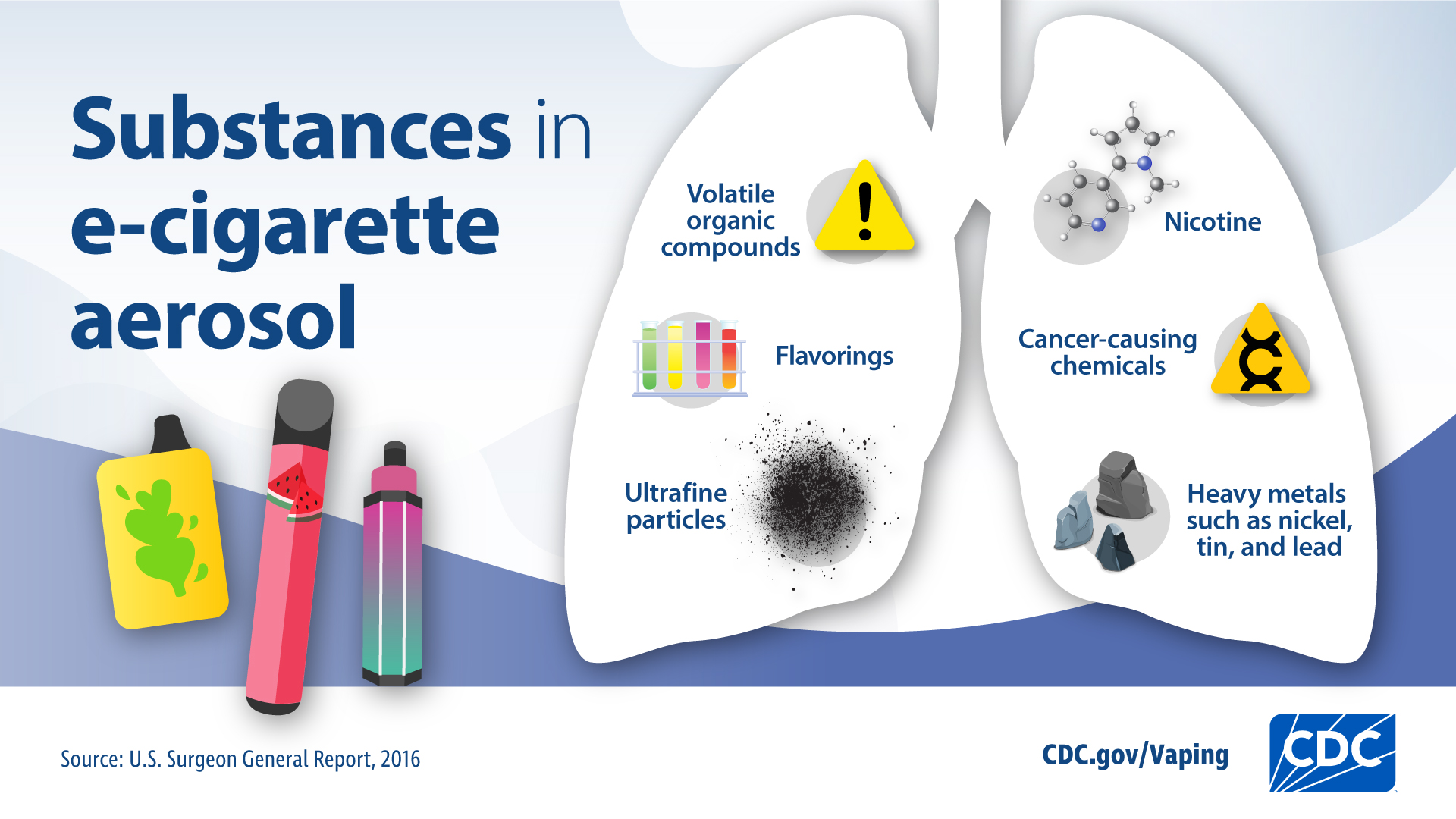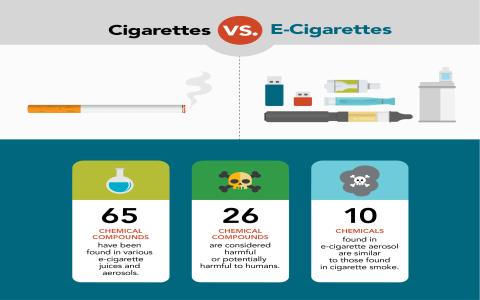Electronic Cigarettes: An Overview
Electronic cigarettes, commonly referred to as e-cigarettes or vapes, are battery-operated devices that aerosolize a liquid solution, known as e-liquid, for inhalation. This process simulates the act of smoking tobacco cigarettes but without the combustion of tobacco leaf.
Core Components
Most electronic cigarettes consist of several primary components:

- Battery: Provides the power for the heating element. It is often rechargeable.
- Atomizer (or Heating Element): Contains a coil that heats up when activated, vaporizing the e-liquid.
- E-liquid Cartridge or Tank: A reservoir that holds the e-liquid. E-liquids typically contain propylene glycol, vegetable glycerin, flavorings, and often nicotine in various concentrations.
- Mouthpiece (Drip Tip): The part of the device through which the user inhales the aerosol.
Types of Electronic Cigarettes
Electronic cigarettes vary widely in design, size, and functionality:
- Cig-a-likes: These devices closely resemble traditional tobacco cigarettes in appearance. They are often disposable or use replaceable pre-filled cartridges.
- Vape Pens: Larger than cig-a-likes, these pen-shaped devices usually feature a refillable tank and a rechargeable battery, offering more vapor production and battery life.
- Mods (Box Mods and Pod Mods): These are generally more advanced and customizable systems. Box mods allow users to adjust power output (wattage/voltage) and often temperature, and typically have larger battery capacity and e-liquid volume. Pod mods are a newer category, often compact and user-friendly, utilizing replaceable or refillable “pods” that contain the e-liquid and atomizer.
Health and Regulatory Considerations
Aerosol Composition: The aerosol produced by e-cigarettes is not harmless water vapor. It can contain nicotine (a highly addictive substance), flavorings, volatile organic compounds, and other chemicals. While the aerosol generally contains fewer toxic substances and lower levels of them compared to combustible cigarette smoke, potential health risks are associated with its inhalation.
Relative Harm: Current scientific consensus suggests that using e-cigarettes is substantially less harmful than smoking traditional cigarettes for adult smokers who completely switch. However, e-cigarettes are not risk-free, and the long-term health effects of their use are still being researched. They are not recommended for non-smokers, youth, or pregnant individuals.
Regulation: The regulatory landscape for electronic cigarettes, including their sale, marketing, product standards (e.g., nicotine concentration limits, permitted ingredients), and usage restrictions, varies significantly across different countries and regions.










